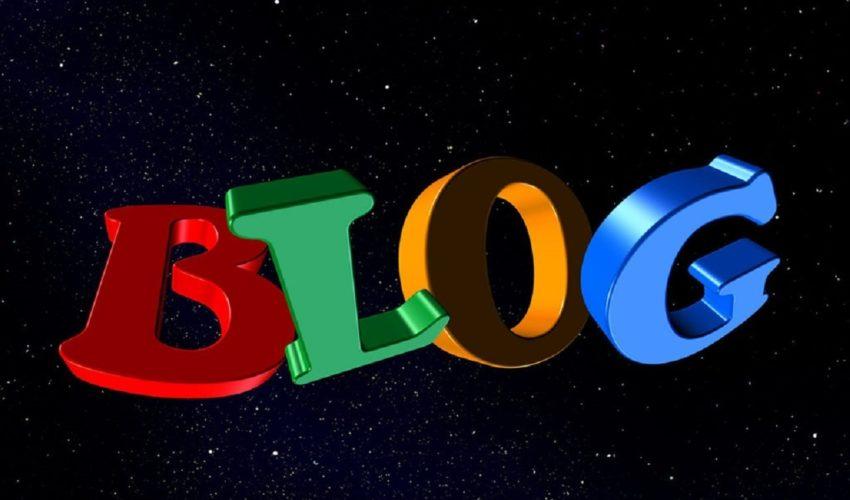Web Content, generally, refers to anything—textual, visual, and aural—presented on the web for the consumption of digital (target) audiences. Web contents can be resourceful, instructional, informative, promotional and engaging. In recent times, web content has become one of the most reliable means through which companies/organizations reach out to their target audiences.
This essay, however, focuses on written web content. Web content (textual) refers to essay/articles, blog posts, social media updates, etc. published online for the consumption of digital audiences. As earlier noted, it can be resourceful, promotional or engaging depending on the purpose why it is created.
This piece examines some salient points to consider if your goal is to produce a not-to-ignore, must-click, and must-read web contents.
Content
This is the first factor to contribute: what you want to write about.
- Research Very Well: Do a thorough research of what you want to write about so that you can write clearly and understandably. If writing is about passing across information, how can you possibly pass across information you don’t know anything about?
- Organize Your Point: Apart from getting the appropriate knowledge about what you want to write about, and then take your time to structure your points/thoughts; don’t put what should come after, before. Be coherent; don’t just spill your thoughts on the paper, or rather the web page! Introduce, discuss and conclude cohesively.
- Understand Your Target Audience: It’s important to write to your target audience in mind as this will help you determine the appropriate words and styles to use.
- Be Concisely Detailed: Yes, concisely detailed! Don’t leave out the most important details and avoid unnecessary details. Avoid redundancy in the use of words; be precise. Social media readers have a lot to read within a short time, don’t bore them with unnecessarily lengthy reads.
- Be Engaging: Engage your readers; ask them questions, use suspense, make your readers hooked to your piece.
Illustration
Digital communication has to be exciting and simple. Don’t make your content all words, no pictures; illustrate with appropriate pictures and videos, where possible.
Technicality
- Creative and Appropriate Titles: Make your titles creative and appropriate. The title should be able to summarize the piece in fewer words. Long titles are usually unexciting.
- Research and Use Appropriate Keywords: Keywords represent ideas and topics that define what your content is about. They’re the words and phrases that searchers enter into search engines. Look for relevant keywords people are using when searching for articles related to yours on search engines and creatively make use of them in your content. The essence is to ensure that when users search for related articles online, your piece will be among the first to be displayed.
- Avoid Plagiarism: Apart from the fact that plagiarism is an intellectual theft, it damages the visibility & credibility of your articles on search engines.
- Use Appropriate Hashtags: Hashtag is a word or phrase preceded by a hash sign (#). It is used on (social media) websites and applications to identify messages on specific topics. Using appropriate hashtags ensures your articles are found in the right places.
- Share on Social Media: Sharing your articles on social media widens the reach and attracts more visitors to your websites/blogs.








